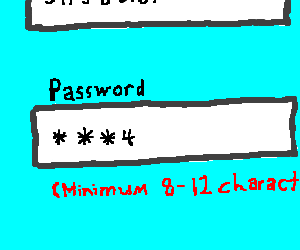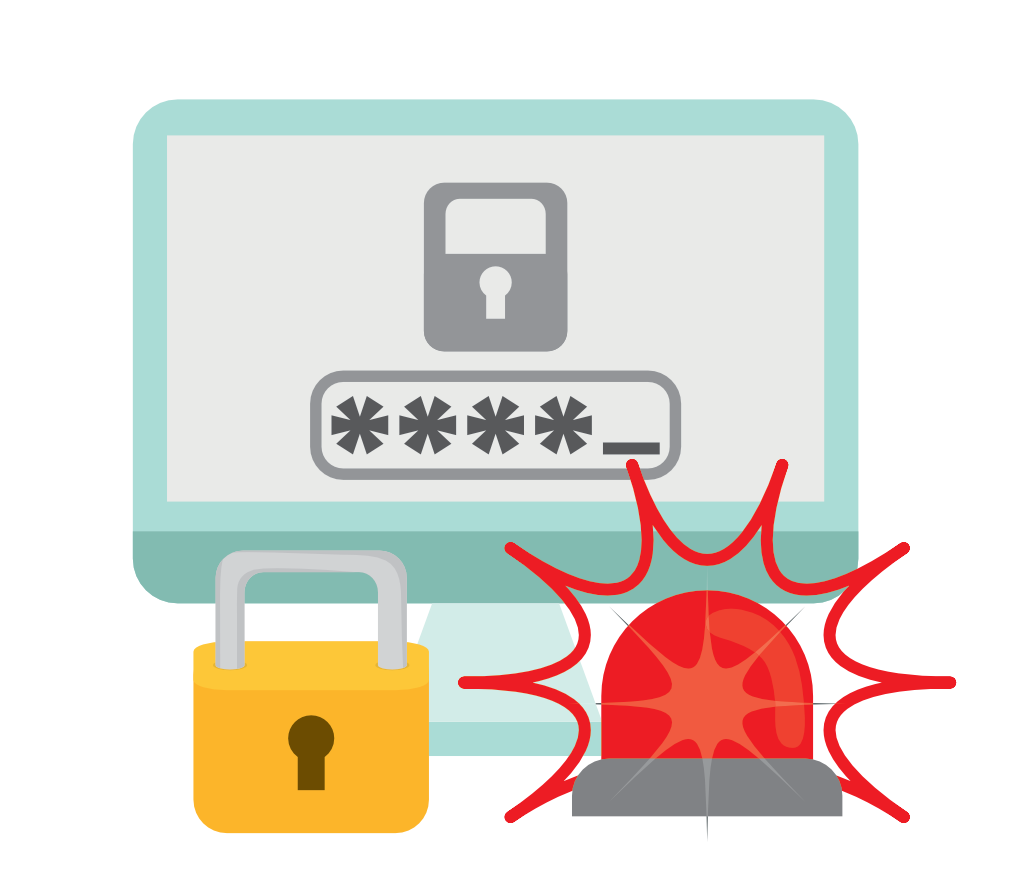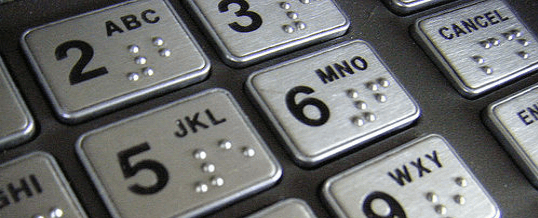Today, security is an afterthought for many PC users, it’s a major priority for businesses of any size. It has to be when the Ponemon Institute tells us that security breaches are costing companies millions every year. Even if you don’t have millions to lose, protecting what you do have should be a high priority. There are several forms of security technology available, but commonly used encryption algorithms are one that everyday computer users should know about.
Encryption can protect your personal sensitive data, consumer information, emails and other sensitive data as well as secure network connections.
How Encryption Works?
Encryption is an interesting piece of technology that works by scrambling data so it is unreadable by unintended parties. Let’s take a look at how it works with the email-friendly software PGP.
Say I want to send you a private message, so I encrypt it using either one of these programs. Here’s the message:
EnCt26dd1797e0954e915948957e1155cd725a511f9a66dd1797e0954e915948957e1yYwaukw0KwE
S2a7m51x8/tRH1Mh69+BQAXf+fXo+r9UQHEMqv5vnTWUz/wPkTHaOZq7ZcnzM+5irNDHoKv2M0lnZofQ
=IwEmS
Once encrypted, the message literally becomes a jumbled mess of random characters. But, equipped with the secret passcode I text you, you can decrypt it and find the original message.
Let us meet in StarCafe at 4PM today for Hot Coffee.
Whether it’s in transit like our hot dog party email or resting on your hard drive, encryption works to keep prying eyes out of your business – even if they happen to somehow gain access to your network or system.
If you want to learn more about how encryption helps protect business data, you can read our article on common usage of Encryption Software.
Here are commonly used encryption algorithms, with key size and strength generally being the biggest differences in one variety from the next.

1. AES
The Advanced Encryption Standard, AES, is a symmetric encryption algorithm and one of the most secure. The United States Government use it to protect classified information, and many software and hardware products use it as well.
This method uses a block cipher, which encrypts data one fixed-size block at a time, unlike other types of encryption, such as stream ciphers, which encrypt data bit by bit.
AES is comprised of AES-128, AES-192 and AES-256. The key bit you choose encrypts and decrypts blocks in 128 bits, 192 bits and so on. There are different rounds for each bit key. A round is the process of turning plaintext into cipher text. For 128-bit, there are 10 rounds; 192-bit has 12 rounds; and 256-bit has 14 rounds.
Although it is extremely efficient in 128-bit form, AES also uses keys of 192 and 256 bits for heavy duty encryption purposes. Since AES is a symmetric key encryption, you must share the key with other individuals for them to access the encrypted data.
Furthermore, if you don’t have a secure way to share that key and unauthorized individuals gain access to it, they can decrypt everything encrypted with that specific key.
AES is largely considered impervious to all attacks, with the exception of brute force, which attempts to decipher messages using all possible combinations in the 128, 192, or 256-bit cipher. Still, security experts believe that AES will eventually be hailed the de facto standard for encrypting data in the private sector and it’s one of top commonly used encryption algorithms.
You will find Kruptos 2 Professional Encryption Software is based on AES encryption algorithm.
2. Triple DES
Triple Data Encryption Standard, or 3DES, is a current standard, and it is a block cipher.Triple DES was designed to replace the original Data Encryption Standard (DES) algorithm, which hackers eventually learned to defeat with relative ease. At one time, Triple DES was the recommended standard and the most widely used symmetric algorithm in the industry.
It’s similar to the older method of encryption, Data Encryption Standard, which uses 56-bit keys. However, 3DES is a symmetric-key encryption that uses three individual 56-bit keys. It encrypts data three times, meaning your 56-bit key becomes a 168-bit key, but experts would argue that 112-bits in key strength is more like it.
Unfortunately, since it encrypts data three times, this method is much slower than others. Also, because 3DES uses shorter block lengths, it is easier to decrypt and leak data. However, many financial institutions and businesses in numerous other industries use this encryption method to keep information secure. As more robust encryption methods emerge, this one is being slowly phased out.
Despite slowly being phased out, Triple DES still manages to make a dependable hardware encryption solution for financial services and other industries.
3. RSA
RSA is a public-key encryption algorithm. This asymmetric algorithm is named after Ron Rivest, Adi Shamir and Len Adelman. It also happens to be one of the methods used in our PGP and GPG programs.
It uses public-key cryptography to share data over an insecure network. There are two keys: one public and one private. The public key is just as the name suggests: public. Anyone can access it.
However, the private key must be confidential. When using RSA cryptography, you need both keys to encrypt and decrypt a message. You use one key to encrypt your data and the other to decrypt it.
Unlike Triple DES, RSA is considered an asymmetric algorithm due to its use of a pair of keys. You’ve got your public key, which is what we use to encrypt our message, and a private key to decrypt it. The result of RSA encryption is a huge batch of mumbo jumbo that takes attackers quite a bit of time and processing power to break.
According to Search Security, RSA is secure because it factors large integers that are the product of two large prime numbers.
Additionally, the key size is large, which increases the security. Most RSA keys are 1024-bits and 2048-bits long. However, the longer key size does mean it’s slower than other encryption methods.
While there are many additional encryption methods available, knowing about and using the most secure ones ensures your confidential data stays secure and away from unwanted eyes.
4. Twofish
Twofish is a symmetric block cipher based on an earlier block cipher – Blowfish, only one key is needed. Computer security expert Bruce Schneier is the mastermind behind Blowfish and its successor Twofish.
Twofish has a block size of 128-bits to 256 bits, and it works well on smaller CPUs and hardware. Similar to AES, it implements rounds of encryption to turn plaintext into cipher text. However, the number of rounds doesn’t vary as with AES; no matter the key size, there are always 16 rounds.
In addition, this method provides plenty of flexibility. You can choose for the key setup to be slow but the encryption process to be quick or vice versa. Furthermore, this form of encryption is unpatented and license free, so you can use it without restrictions.
Twofish is regarded as one of the fastest of its kind, and ideal for use in both hardware and software environments. Like Blowfish, Twofish is freely available to anyone who wants to use it. As a result, you’ll find it bundled in encryption programs such as PhotoEncrypt, GPG, and the popular open source software TrueCrypt.
5. Blowfish
Blowfish is a symmetric block cipher that can be used as a drop-in replacement for DES or IDEA. It takes a variable-length key, from 32 bits to 448 bits, making it ideal for both domestic and exportable use.This symmetric cipher splits messages into blocks of 64 bits and encrypts them individually.
Blowfish is known for both its tremendous speed and overall effectiveness as many claim that it has never been defeated. Meanwhile, vendors have taken full advantage of its free availability in the public domain.
Blowfish can be found in software categories ranging from e-commerce platforms for securing payments to password management tools, where it used to protect passwords. It’s definitely one of the more flexible encryption methods available.
The above 5 cryptographic standards are commonly used encryption algorithms in today technology world.
The Future of Encryption
Cyber attacks are constantly evolving, so security specialists must stay busy in the lab concocting new schemes to keep them at bay.
In 2010, Craig Gentry, a graduate student supported by the National Science Foundation (NSF), thought of a new way to protect data. He called it fully homomorphic encryption: a way to process data without ever decrypting it. As data and computation move to the cloud, fully homomorphic encryption would allow your data to be processed without ever having to give away access to it.
For instance, a web application could process your tax return using encrypted financial information without actually seeing any of it. Cryptographers, including Gentry, are still figuring out how to turn the idea of homomorphic encryption into a practical reality.
Expert observers are hopeful that a new method called Honey Encryption will deter hackers by serving up fake data for every incorrect guess of the key code. This unique approach not only slows attackers down, but potentially buries the correct key in a haystack of false hopes.
Then there are emerging methods like quantum key distribution, which shares keys embedded in photons over fiberoptic, that might have viability now and many years into the future as well.
Whether it’s protecting your device, your sensitive files, email communications or stored data, some type of encryption should be included in your lineup of security tools. Find some tools that give you a peace of mind and stick with ’em!







